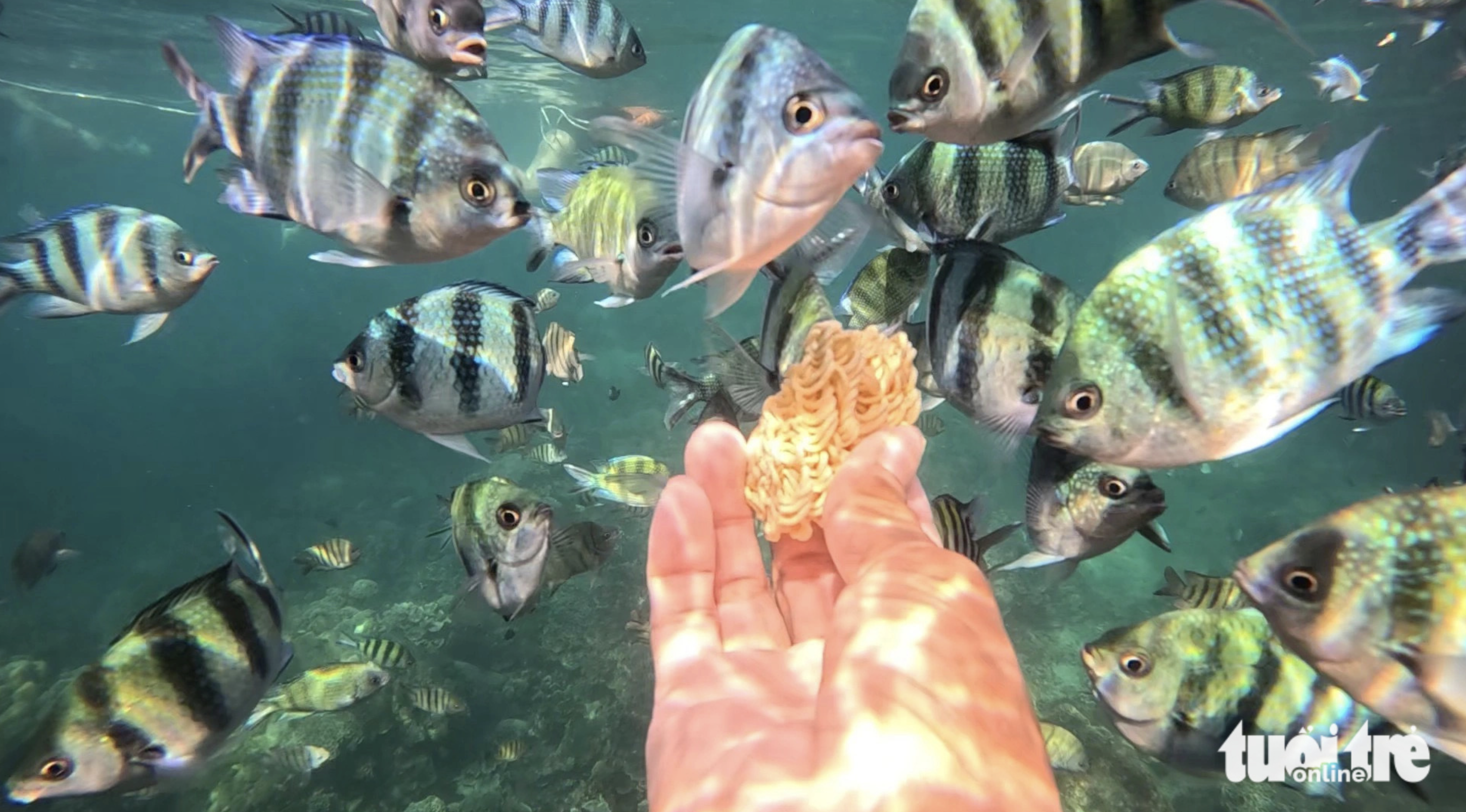Over the course of two intense days, the global spotlight was directed towards this high-level meeting which carried the weight of shaping geopolitics for years to come. While the meeting ultimately yielded disappointing results, it did bestow upon Hanoi newfound global significance.
| Hoan Kiem Lake in Hanoi. Photo: VNA |
Hanoi has long been familiar to the world, attracting millions of tourists annually who are drawn to its vibrant atmosphere and undeniable charm. From its bustling sidewalks to its delectable cuisine, elegant French architecture, and picturesque lakes, the city magnetizes individuals from all corners of the globe. Count me among them! Having first visited Hanoi two decades ago and subsequently spending eight years there as the lead economist of the World Bank for Vietnam, my love for the city remains unwavering.
For many years, however, Hanoi was isolated from the rest of the world, with few foreign embassies, minimal tourism, limited exposure to international dialogues, and scarce opportunities for travel abroad. It wasn’t until the implementation of Doi Moi that Hanoi began to open up. Central to Doi Moi’s principles was the objective for Vietnam to forge friendships with all nations. Notably, Hanoi warmly embraced President Trump as a friend from a revered and esteemed nation, much like how Presidents Clinton and Obama were received before him.
Hanoi’s prominence as a host for influential international meetings steadily grew following the advent of Doi Moi. In recent years, the city has successfully staged major events related to ASEAN, the Asia-Europe Meeting, and the World Economic Forum.
A crucial milestone in this trajectory was the organization of the Consultative Group meetings by the Government of Vietnam and the World Bank. These meetings, held annually, brought together representatives from various countries and multilateral organizations involved in Vietnam’s development assistance to discuss progress, needs, and challenges.
The inaugural Consultative Group meeting for Vietnam was convened by the World Bank in Paris in 1995. However, when Hanoi assumed the role of co-chair for the meeting in 1997, it set a global precedent. Until then, meetings of this nature for other developing nations had exclusively taken place in advanced economies, often in the capitals of their former colonial powers. Hanoi’s leadership thus became the standard going forward.
I consider myself privileged to have participated in all the Consultative Group meetings during my time in Hanoi. These gatherings offered a remarkable platform for frank exchange of information and ideas with the country’s leaders, the business community, and civil society organizations. Undoubtedly, the success of any meeting hinges on the willingness to consider diverse viewpoints and collaborate towards superior solutions.
This openness is also a key attribute that renders a city attractive for hosting high-level international meetings. In a way, a nation engages with the world through its most receptive cities. Think of New York in the US, Paris in France, or Shanghai in China, which serve as global “connectors” for their respective countries. These metropolises are hotbeds of business, innovation, debate, and artistic creation. The momentous meeting between President Trump and Chairman Kim in February 2019 further solidified Hanoi’s ascent as a global connector.
It may appear ironic that countries seek peace in Hanoi, considering the city has endured prolonged periods of conflict. Approximately four decades ago, a fierce clash erupted at the northern border, with the capital perilously close to being engulfed in war. Less than ten years prior, Hanoi braved twelve days of relentless bombings. And in 1945, the tumultuous liberation of the city marked Vietnam’s independence.
Several of Hanoi’s most captivating streets serve as poignant reminders of the centuries it took to secure today’s peace. Tran Hung Dao Street, where I resided throughout my years in Hanoi, was named after the military commander who triumphed over invasion in the 13th century. Just a couple of streets away, another street pays homage to the bravery of the Trung sisters, who valiantly resisted occupation in the 1st century.
Yet, peace is deeply ingrained in Hanoi’s spirit. Few would contest that Hoan Kiem Lake embodies the essence of the city. Legend has it that in 1428, a colossal turtle emerged from the lake and snatched the sword of Emperor Le Loi, submerging it to convey that the era of battle had concluded. A prolonged era of tranquility and prosperity ensued. If this tale were to occur today, the sword would likely represent nuclear weapons. And were these weapons to vanish akin to Emperor Le Loi’s sword, the giant turtle would surely swell with pride as Hanoi reemerges as a city dedicated to peace.
This story is an excerpt from the book “For the Love of Hanoi” by Martin Rama, an economist associated with the World Bank.
Martin Rama is widely recognized among Vietnamese readers for his book “Hanoi Promenade,” which was honored with the Bui Xuan Phai Award – For the Love of Hanoi in 2014. Nearly a decade later, Rama’s second book on Hanoi is being published. Titled after the Bui Xuan Phai Award, the book exemplifies Rama’s deepening adoration for the city, transitioning from mere enchantment while strolling through its streets – which he affectionately calls “Her” – to resolute commitment.
The official release of Rama’s second book, “For the Love of Hanoi,” is slated for July 29, 2023.




